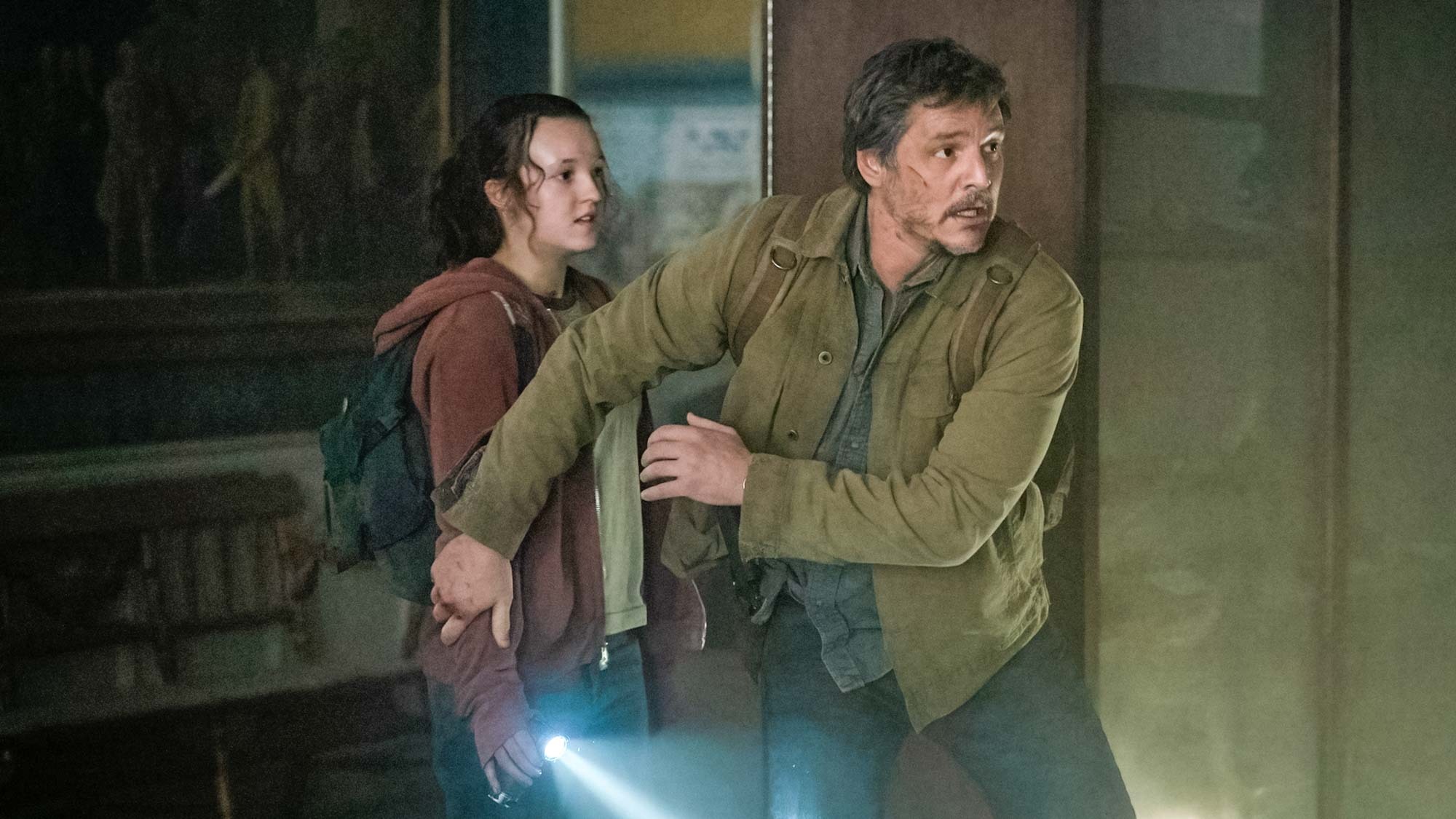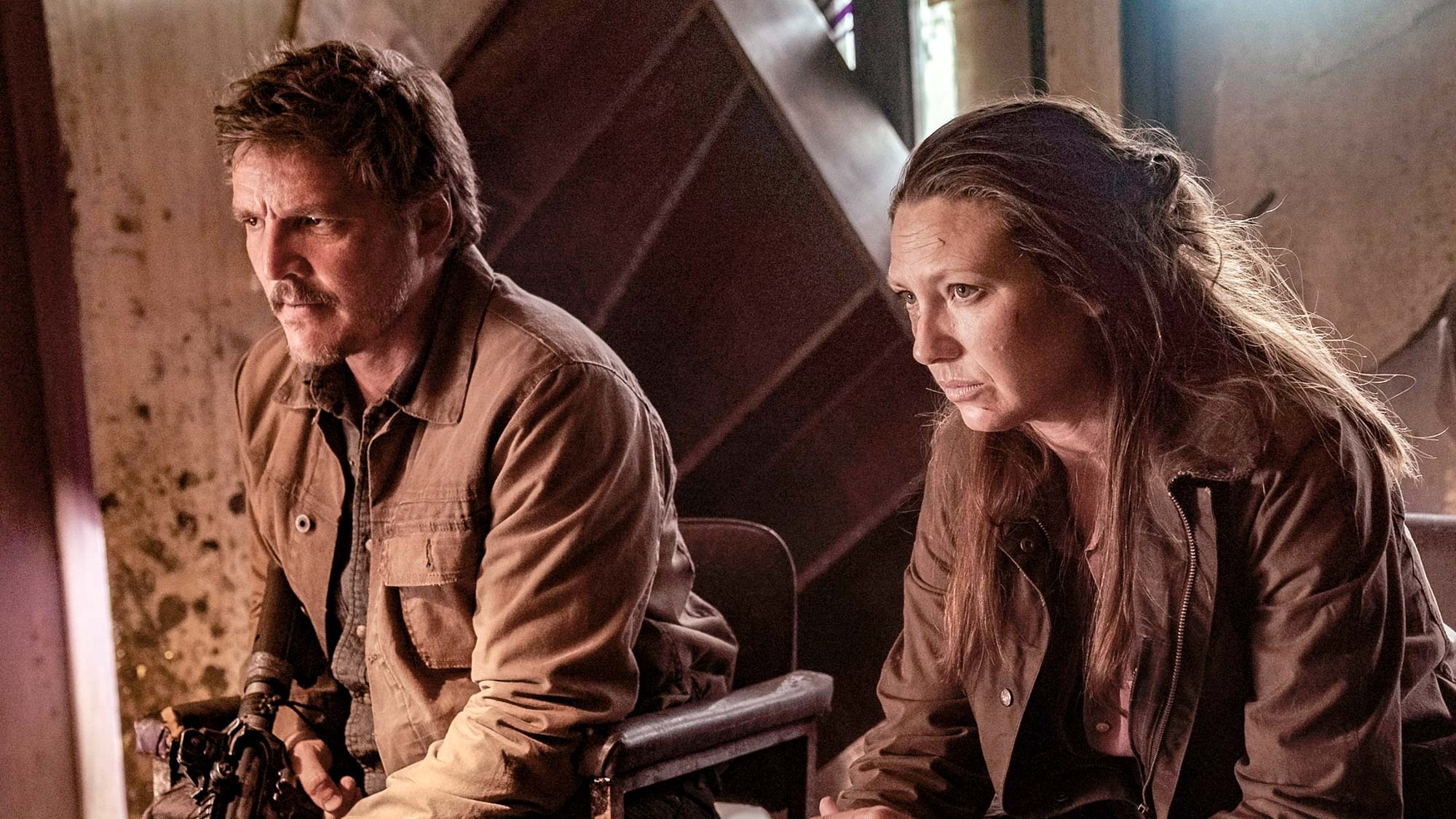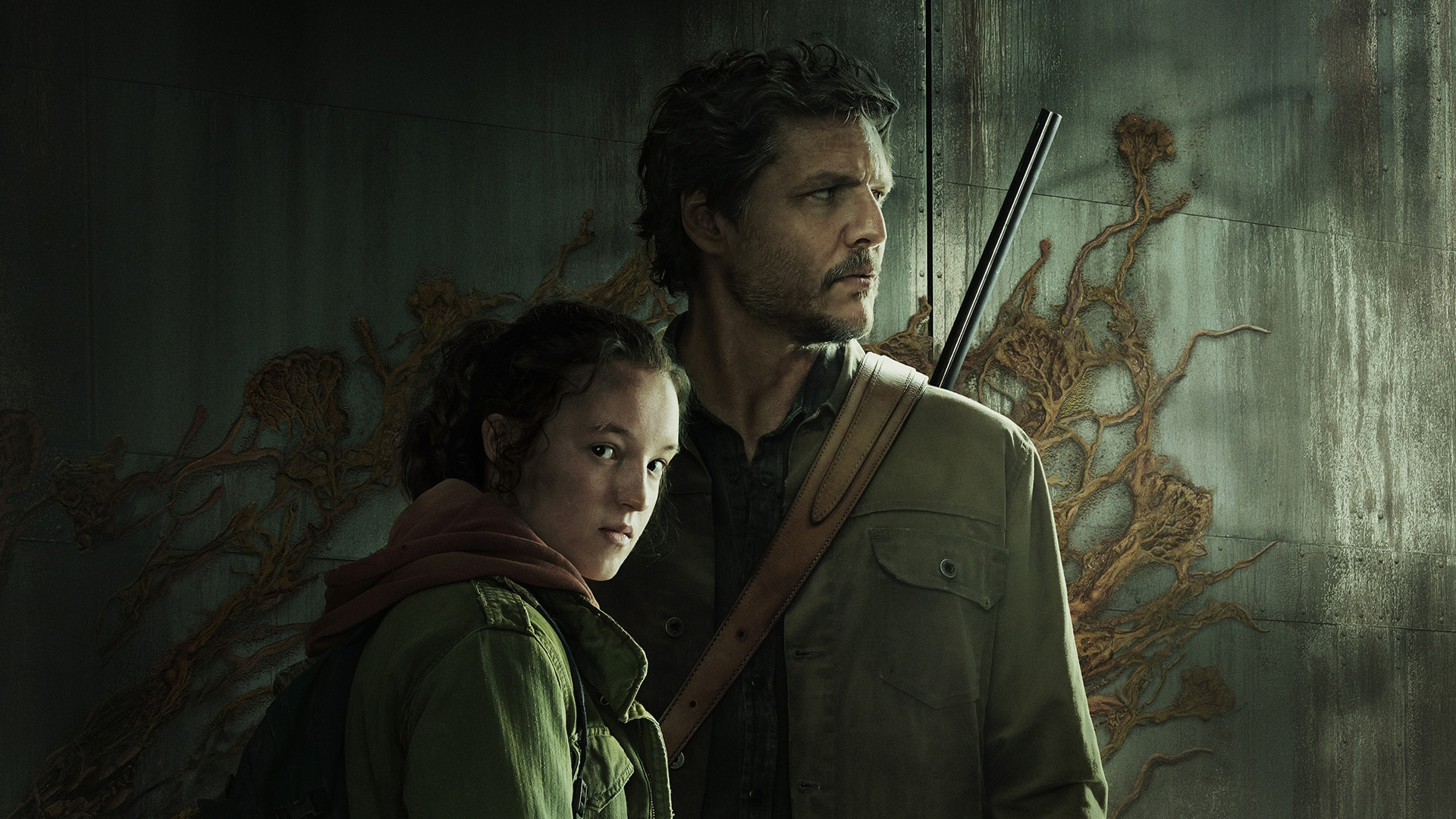Let’s talk about THAT game-changing moment in The Last of Us
HBO’s The Last of Us biggest change from the game is actually great

Let’s talk about that ending in the HBO’s The Last of Us episode 2. Yes it broke the hearts of gamers and newcomers alike, as streaming editor Henry T. Casey writes, but it was also a radical departure from the game.
Some people have been moaning about that on Twitter. Such is the way of social media discourse around such Big New Things, especially those linked to the world of gaming. But I think the grumbling over the changes and one particular moment is unwarranted and maybe missed the point of HBO’s adaptation of one of the best games of all time.
Right, that’s the preamble done. From here on there'll be spoilers, so you have been warned.
Tess-ting the limits

For anyone who’s played The Last of Us (and it really is worth playing, especially the remastered version on the PS5), you’ll know that Tess, the badass smuggler and kinda romantic interest of Joel, meets an untimely end by being bitten by an infected.
From there on the TV series departs from the game. Rather than go down shooting soldiers encroaching upon her, Joel and Ellie, she effectively blows up the building she’s in to kill a horde of infected. Strike one for deviation.
Those infected are alerted to the presence of the trio through Joel killing a recently-turned human who happens to already be connected to the fungus network spread across a ruined Boston. Rather than the cordyceps infection spreading via spores, as in the game, it propagates through tendrils spread by bites or other means as yet unexplored in the series. Strike two for deviation.
And now we come to the most controversial moment: the kiss.
Get instant access to breaking news, the hottest reviews, great deals and helpful tips.
While Tess is attempting to get a flame out of a zip lighter to ignite a pool of fuel around her, an infected breaks off from the surging horde and approaches her. Seemingly sensing the cordyceps in her, rather than maul her it locks lips with her in a distinctly kiss-like movement, just as tendrils emerge from its mouth. We see a shocked and almost awed expression on Tess’ face before she finally ignites the lighter and drops it, sending the infected and herself into fiery oblivion, and buying time for Joel and Ellie to escape. Strike three for deviation.
Now the latter moment was properly horrific; a real slathering of body horror. So much so that it had folks on Twitter claim it was a bit too far or used for simple shock value, as if it was a gross out for the sake of it. Others took to the site of doom scrolling to express their equivalent of ‘what the heck?’
I didn’t like the tendril kiss part in that last episode of #TheLastOfUsHBO Tess’ death in game was way more heroicJanuary 24, 2023
That kiss was nasty though. #TheLastOfUsHBOJanuary 23, 2023
if anyone could explain why that “kiss?” was necessary or relevant to the situation at the end of #TheLastOfUsHBO, i’d greatly appreciate it. bc to me it was just gross and weird.January 24, 2023
But I think that moment and the overall changes in that pivotal scene really hammer home type of horrific world TLOU occupies, without needing someone to pick up a PlayStation controller and be ever so gentle with the right stick.
A new strain from the game

First off, being attacked by infected and not soldiers makes a little more sense in the HBO series. In the game, players are tasked to navigate out of the area white being hunted by soldiers, who offer a different flavor of combat and evasion challenge after getting through Clicker-filled museum moments before. Having Tess go down shooting was a core part of tying the story to the game’s action.
In the series, we’ve yet to get a feel for the shoot-first, ask questions later military and paramilitary factions. So it makes sense for the infected to be the main antagonist of TLOU's second episode. Plus, we get a real feel for what a horde of them looks like rather than a few in isolation.
As for the 'kiss,' yes it is grim to watch. But it also communicates the horror of such an infection and the truly invasive threat it poses.
Using the infected also shows how connected they can be via fungal tendrils and how disturbing such connections is a hugely dangerous thing. This communicates that TLOU is not some Walking Dead clone where undead shamble around and are easily evaded, but instead takes place in a world where even a casual misstep can bring death even if you don’t realize it.
In the game, this danger is felt with how you have to inch Joel through infected areas, with an ominous growing warning sound if you are on the verge of being detected. Add in the fact that Clickers can kill the player in a single blow, and the terror they induce is palpable as one is directly connected to the action.
As effective as the trio’s and audience's first encounter with the Clickers was, this level of connection between characters and audience isn’t as easily done in a TV series as it is in a game. So adding in the sense that every step could trigger a deadly cascade, the HBO series shows the audience that TLOU’s post-apocalyptic Earth is an unforgiving and a tense place to explore.
And as for the 'kiss,' well yes it is grim to watch. But it also communicated the horror of such an infection and the truly invasive threat it poses. Cordyceps are real-life fungi, and while they infect insects like ants, the process though which they do it is stomach churning, effectively replacing a host's cells with fungal ones.
The infected's invasive connecting to Tess emphasizes the disgusting process and the insipid nature of being transformed from the inside, rather than see a human turn a bit grey and then snarl, a la The Walking Dead or a myriad of other zombie shows or movies.
I’ve seen people say that the scene reminds them of a kiss without consent. And while nobody’s stating this infected has a sexual intent, it’s difficult to separate the image and the action. Overall, it’s another reason to find the moment sickly unnerving.
Those who say it’s too far on the simple gross-out factor, should go back and play The Last of Us. That’ll show them the game is just as viscerally brutal as the HBO series so far; I remember how uncomfortable it felt to have Joel beat an attacker to death with a pipe, even in PS3-era graphics.
A grim (but different) world
Seeing tendrils snake out of an infected’s mouth and into Tess’ was equally stomach-churning, not only showing the horrific nature of the cordyceps, but also indicating that this is a grim world punctuated by threat and that there's very little light at the end of the tunnel. And by default tendrils are much more creepy than spores; the latter in a real-world situation would likely wipe out humanity pretty quickly given they are airborne and can travel miles upon miles.
While the first episode of TOLU tracked very closely to the game, the second has a few key variations. This might upset purists, but I think it makes the show more effective.
So while the first episode of TOLU tracked very closely to the game, the second has a few key variations. This might upset purists, but I think it makes the show more effective.
Staying true to the source material is all well and good, but I’ve played the game and still remember it well. So having something different that keeps the broad theme of the story intact, but uses other ways to convey the tension and horror felt in the game is certainly welcome to me.
Thanks to Henry T. Casey’s The Last of Us review, I’m confident that the HBO series is on to a good thing, and that such deviances will only make it more compelling rather than sully the source material.
And when the first series is over, I’d not be surprised if it sets a new high standard for video game adaptations to aim for; here’s hoping Amazon Studios is paying attention with the rights it has to Mass Effect.

Roland Moore-Colyer a Managing Editor at Tom’s Guide with a focus on news, features and opinion articles. He often writes about gaming, phones, laptops and other bits of hardware; he’s also got an interest in cars. When not at his desk Roland can be found wandering around London, often with a look of curiosity on his face.
